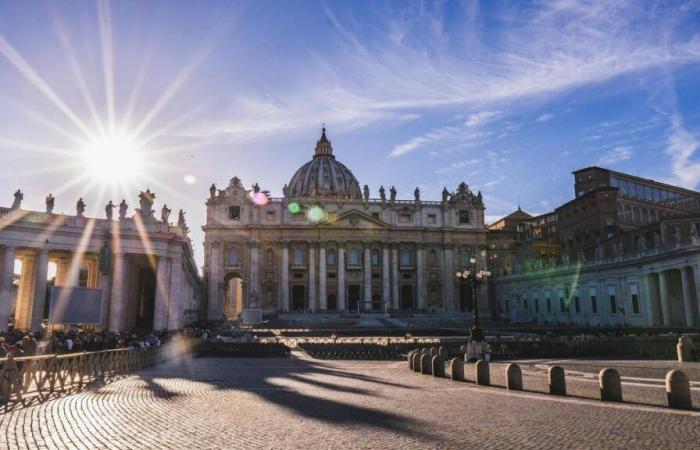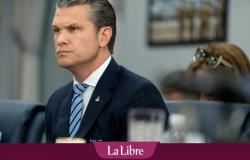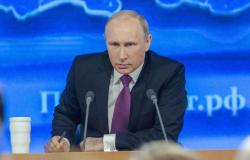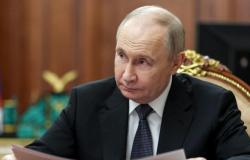On the morning of the first day, the cardinals participated in a solemn mass in the Saint-Pierre basilica. In the afternoon, dressed in their liturgical outfit composed of a scarlet cassock, a white rock (overplusions with narrow sleeves) and a mozette (short pilgrim buttoned on the front), the cardinals meet in the Pauline chapel in the apostolic palace and invoke the assistance of the Holy Spirit. To the sound of the Litania of the Saints, they then go into procession in the Sistine Chapel, furnished for the occasion and whose isolation is scrupulously controlled.
A process issued by John Paul II in 1996
It is from this moment that the election really begins. The course of the latter is governed by the Apostolic Constitution Universi Dominici Gregis, enacted by John Paul II in 1996. Before voting, the cardinals must take the oath placed on the Gospel. According to an immutable ritual inherited from the Middle Ages, the Master of the celebrations pronounces the formula “Extra Omnes” (all outside). Those foreign to the votes leave. The doors are then closed, the principle being that the cardinals are cut off from the world to protect themselves from any external influence.
By drawing lots, three cardinals are designated “scrupoters”, three “infirmii” to collect the votes of the sick cardinals and three “revisers” who check the countdown by the scrutiners. Sitting side by side under the monumental fresco of the “Last Judgment” painted by Michelangelo, the cardinals receive ballots of rectangular paper carrying the inscription “Eligo in Summum Pontificem” (“I elis like Sovereign Pontiff”) with an empty space below.
The voters write by hand the name of their candidate, “of a not recognizable writing”, and fold the ballot twice. In theory, it is forbidden to vote for yourself. Each cardinal in turn goes to the altar, carrying his vote in the air so that he is clearly visible, and pronounces aloud the following oath in Latin: “I take witness to the Christ Lord, who will judge me, that I give my voice to that which, according to God, I think I should be elected. He puts his bulletin on a tray and makes him slide in the ballot box, in front of the scrupters, bowed to the altar and returns to his place. Cardinals whose state of health or advanced age does not allow them to go to the altar put their vote to a scrutor, who deposited him in the ballot in their place.
A cardinal must obtain two thirds of the votes to be elected
Once all the bulletins have been collected, a scrutor agitates the ballot box to mix the bulletins, transfers them in a second container and then another account. Two scanners note the names, while a third reads them aloud, piercing the bulletins with a needle through the word “Eligo” and connects them to each other. The revisers then check that the scrupoters did not make any mistakes.
If no cardinal has obtained two thirds of the votes, the voters pass directly in a second round. The cardinals carry out four elections per day, two in the morning and two in the afternoon until a pope is proclaimed. The bulletins of the two ballots and the notes taken by the cardinals are then destroyed, burned in a stove by Camerlingue (Cardinal ensuring the interim between two popes).
The results communicated to the faithful by chimney smoke
The fireplace, visible by the faithful from Saint-Pierre square, emits black smoke if no pope has been elected and white smoke in the event of an election, by adding chemicals. After three days without result, the ballot is interrupted for a day of prayers. Then other series of elections are organized until the final election.
– Once elected, it remains for the new pope to answer two questions from Cardinal Doyen: do you accept your canonical election as a sovereign pontiff? What name do you want to be called? Responding “yes” to the first, the elected official becomes immediately Pope and bishop of Rome.
One by one, the cardinals pay tribute and mark their obedience to the new pope. Next come the announcement to the faithful – “Habemus Papam” – by Cardinal Protodiacre, then the appearance of the new Pope and his Apostolic Blessing Urbi and Orbi from the Balcony of the Saint -Pierre Basilica.








